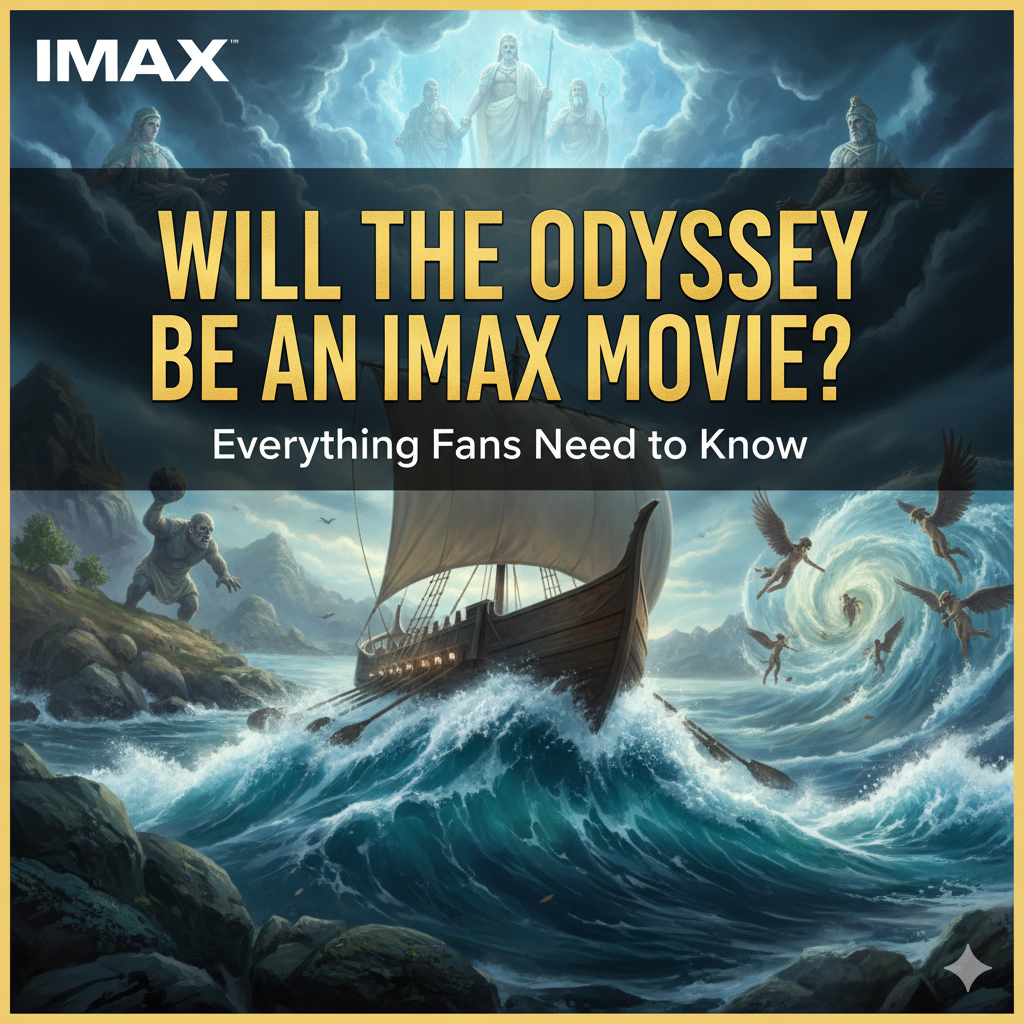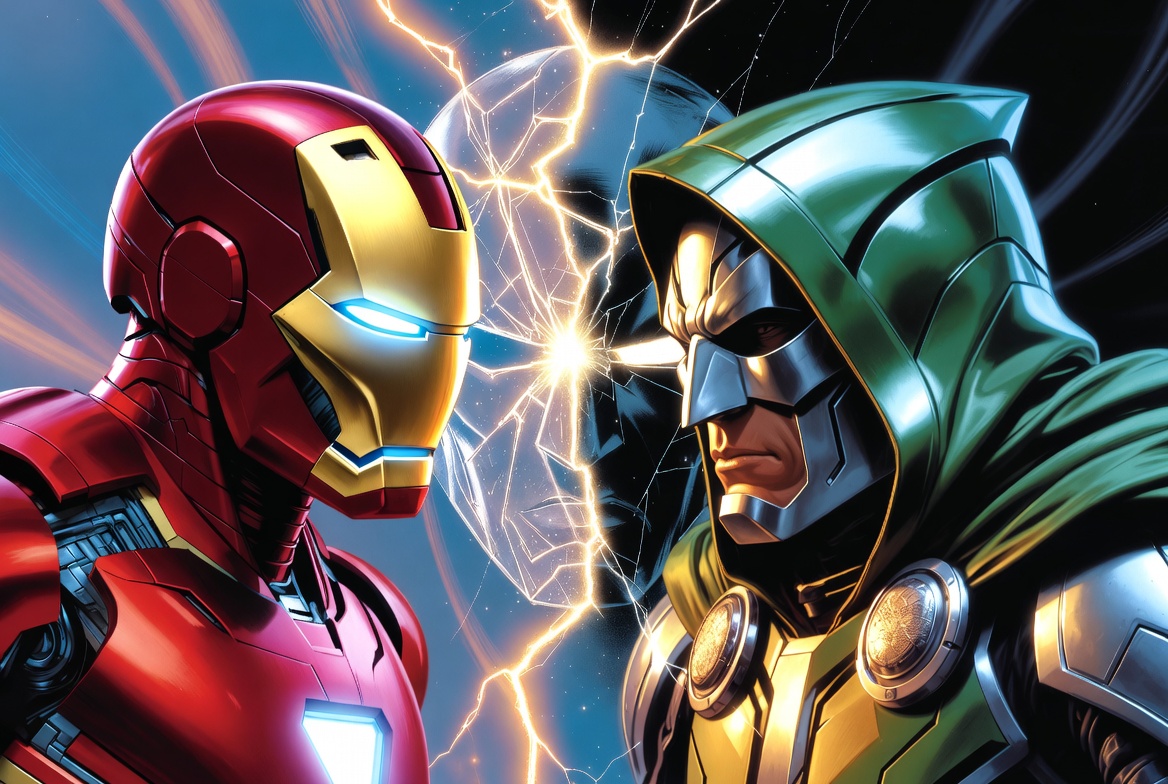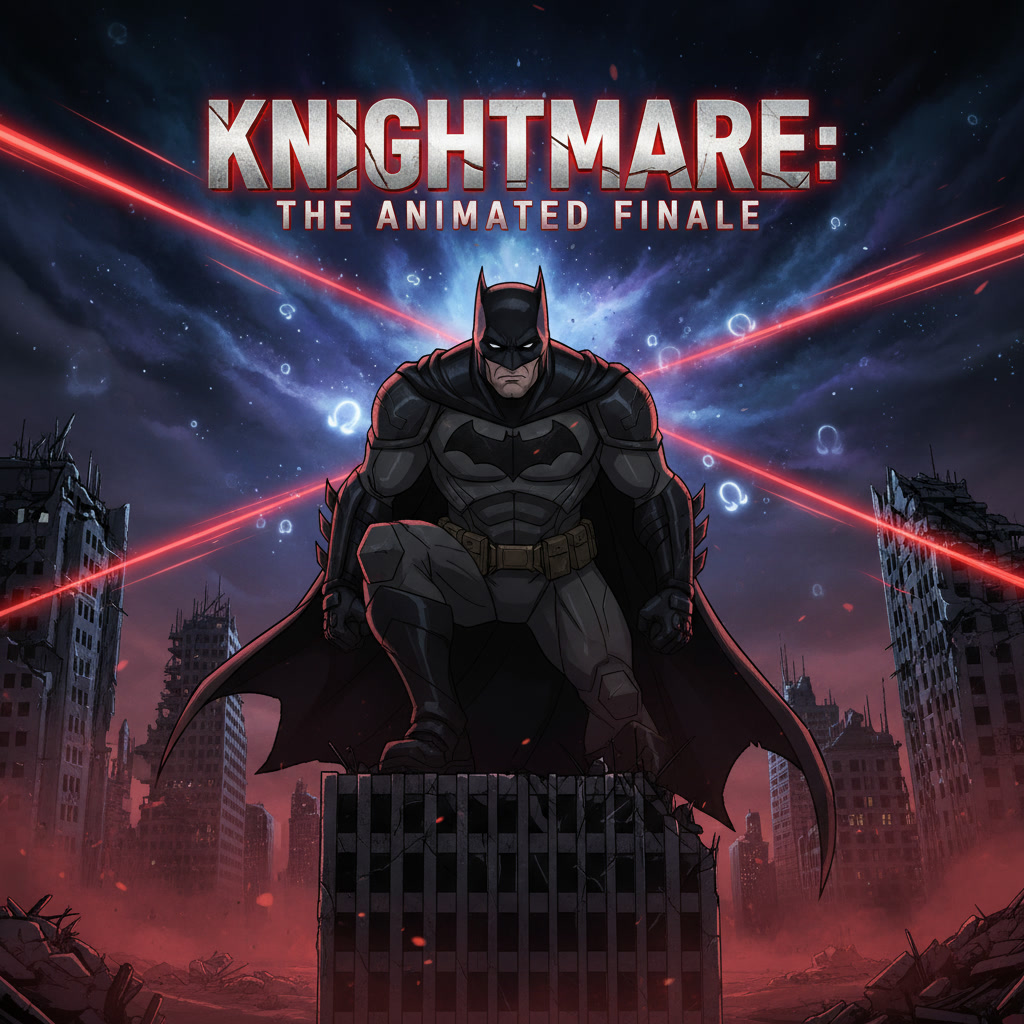
I’m going to be very straightforward with you. We both know Hollywood adapts classic epics, but how many of them play out like the epic stories we read about? The ones that give you chills, that keep you genuinely at the edge of your seat? In the case of Homer’s The Odyssey, it’s so grand in scale—monsters, gods, drunk sailors, the myriad of adventures—for a normal movie screen—and I don’t just mean size—it cannot hold this epic.
That’s precisely why a proper IMAX Odyssey is necessary, not just a fun idea, it’s a solution we need. We are taking one of the foundations of western storytelling and finally delivering it a proper canvas, resolution, and sound design that actually transports us into Odysseus’s impossible world.
This isn’t about just projecting a movie onto a bigger screen. This is about using IMAX 3D filmmaking and proprietary technology to solve the toughest challenges of adapting ancient Greek mythology. Think about the potential for the ultimate viewing experience. If you’ve ever wondered, “What would an IMAX version of The Odyssey look like?“, get ready, because we’re diving deep into why this legendary collaboration is long overdue.
Why ‘The Odyssey’ Is the Perfect Story for the IMAX Screen (And Why It Needs It)

Let’s not kid ourselves: epics have a pretty good track record but are often left wanting when it comes to making audiences feel the true vastness of the environment. When Russell Crowe stepped into the arena in Gladiator, it was enormous, wasn’t it? That film, one of the best epics ever, made over US$450 million globally. So, audiences love the spectacle of grandeur. The Odyssey isn’t simply one arena, though; it’s an entire world inhabited by gods, giants, and never-ending seas.
This is where the IMAX format is the inevitable choice. The entire IMAX experience is designed around a custom experience: theater geometry, screen size, etc. Some theaters display an IMAX screen that is up to 100 feet across. The IMAX experience is about filling your peripheral vision. It takes away the frame so that you are seated on the ship instead of being an observer.
The core problem an IMAX Odyssey solves is simple: No regular theatrical release can handle the verticality required for scenes involving divine intervention or monstrous creatures. When a god descends from Olympus, or when a tidal wave threatens the ship, you need that full 1.43:1 aspect ratio (available in many Laser IMAX theaters) to make the image stretch up and feel truly overwhelming. It offers the best way to watch The Odyssey because it matches the grand scope of Homer’s imagination with the grandest scale of modern cinema. This is the Homer’s Odyssey IMAX adaptation we’ve been waiting for.
From Cyclops to Sirens: The Key Scenes That Demand an IMAX 3D Treatment

So, what are the moments that truly make a feature-length IMAX Odyssey shine? It’s the visual density and sensory overload of the most famous trials. These scenes aren’t just dialogue; they are set pieces that scream for specialized special effects for Greek mythology rendered in high resolution.
- The Cyclops’s Cave: This isn’t just a big guy in a cavern. In a true IMAX Odyssey, the 3D depth would make the cave feel oppressively claustrophobic and dark. When the Cyclops Polyphemus throws a massive boulder, the sound—powered by the 12-channel IMAX audio system—would make you physically duck. That feeling of being trapped by something truly gargantuan is the tension that gets lost on smaller screens.
- Scylla and Charybdis: This is the ultimate naval terror. One side, a swirling, monstrous whirlpool (Charybdis) that uses IMAX’s huge screen width to pull your eye down into the crushing depths. The other side, the multi-headed Scylla, which needs the height of the IMAX screen to show its grotesque bodies reaching down from the rocks, filling every inch of the frame above the mast.
- Circe’s Island: This is a stunning contrast. The lush, magical beauty of her island needs vibrant, rich colors that the IMAX laser system excels at. The transition from beautiful paradise to terrifying threat—as Odysseus’s men are turned into pigs—must feel immediate and visceral, pulling the audience into the enchantment and the horror simultaneously.
These aren’t just battles; they are extreme conditions that can only be fully appreciated when the screen is physically larger than your field of view. The promise of this specific level of immersion should be the next major epic film adaptation news.
The Real-Life Solution: How Modern Technology Can Finally Deliver an Authentic Epic Experience

Let’s talk about the solution offered by technology. We’ve had huge epic films before, but they often had to use thousands of real extras and massive practical sets. Today, IMAX 3D filmmaking combined with advanced computer generation means we can achieve a world that is visually authentic without risking the massive budgets and logistical headaches of the past.
The real challenge for any The Odyssey film is its length and depth. We are asking for a production that promises not just action, but emotional weight. Modern dual-laser IMAX systems can deliver an image that is brighter and sharper than any standard cinema, which is crucial for those long, tense close-ups of Odysseus reflecting on his lost family.
It is also the atmospheric sound mix that is a key feature to an IMAX theater. It is not a measure of volume; it is the audio direction. The moment the Sirens are singing the sound can be mixed that it feels like sound is coming from all directions, from certain points of the darkness that are not seen, making the Siren song all the more dangerous and seductive as it was in the myth. It is yet another moment that is truly cinematic epic experience, touched through all the senses.
If the different studio divisions wanted to greenlight the dedicated IMAX Odyssey production, completed with high quality image cameras that fill the entire screen, the film would not only make a ludicrous amount of money; it would be an instant landmark in the representation of classical mythology, and as an opportunity for the audiences to discover their identity through the original story. It is the only to show the expanse of the Greek seas, along with the terror associated with monsters that braved the limits of man, and the emotional resilience of the man who challenged the gods. It is also a time in which cinema can continue to make the phenomenological experience feel as if we too are on the journey home.
-
Leave a Reply
-
Leave a Reply





Leave a Reply